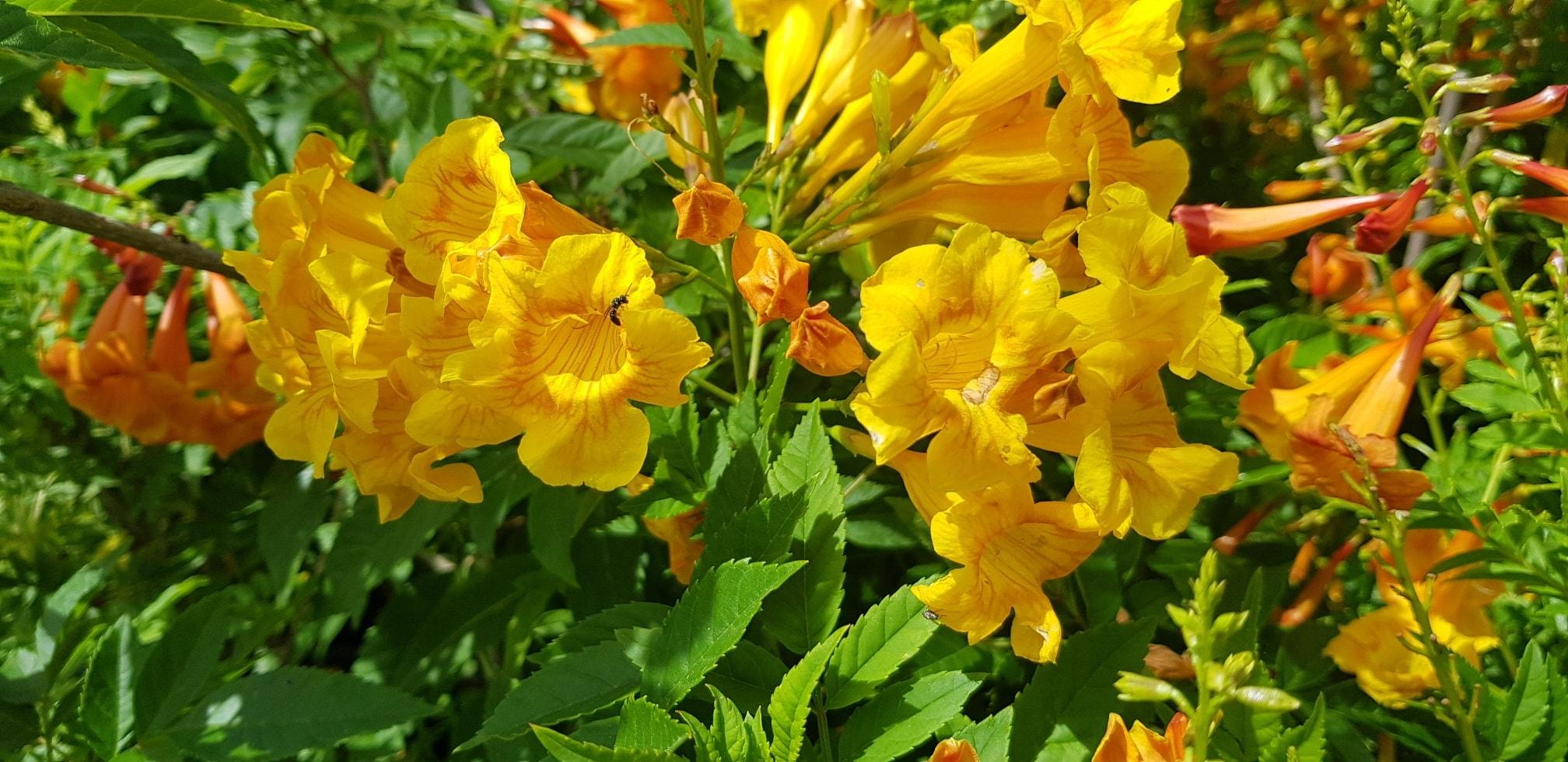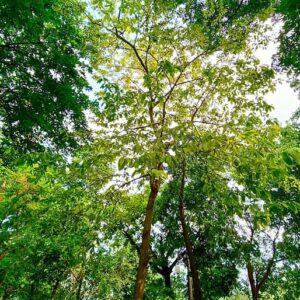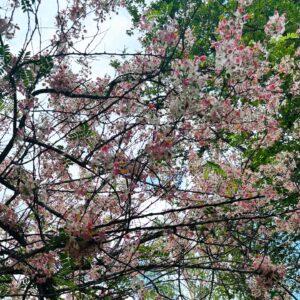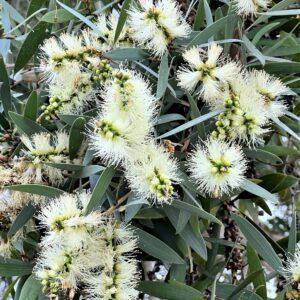Yellow Tecoma Bush The Sunshine Shrub
The Yellow Tecoma, also known as Tecoma stans, Yellow Bells, Esperanza, or Trumpet Bush, is a vibrant flowering shrub that produces abundant clusters of golden-yellow trumpet-shaped flowers throughout the warmer months. Its rapid growth, drought resistance, and butterfly-attracting blooms make it a favorite in both urban and rural gardens.
Native to the Americas, this sun-loving shrub is now widely cultivated in South Asia, Africa, and Mediterranean regions for its ornamental beauty and tolerance to poor soils and heat.
🌸 General Description
Botanical name: Tecoma stans
Common names: Yellow Tecoma, Yellow Bells, Trumpet Bush, Esperanza
Plant type: Perennial flowering shrub or small tree
Height: 3 to 10 feet (can grow up to 15 feet if unpruned)
Spread: 3 to 6 feet
Leaves: Green, pinnate (feathery), serrated
Flowers: Bright yellow, trumpet-shaped, about 2–3 inches long
Fragrance: Mild to none
Blooming season: Spring to fall (longer in warm climates)
☀️ Light and Temperature Requirements
Sunlight:
Thrives in full sun (6–8 hours daily)
Partial sun is tolerated but may reduce flowering
Temperature:
Ideal: 20–35°C (68–95°F)
Hardy in USDA zones 9–11
Not frost-tolerant — may die back in cold but regrow from roots in spring
🌞 The more sun Tecoma receives, the more profusely it blooms.
💧 Watering Routine
Young plants:
Water 2–3 times per week until established
Mature plants:
Water once or twice weekly
Extremely drought-tolerant once established
💧 Always allow the top 1–2 inches of soil to dry out before re-watering. Avoid soggy or waterlogged conditions, which can cause root rot.
🌱 Soil and Fertilizer Needs
Soil:
Prefers well-draining sandy or loamy soil
Tolerates poor soils, rocky terrain, and slight salinity
pH: Slightly acidic to neutral (6.0–7.5)
Fertilizer:
Feed with a balanced fertilizer (e.g., 10-10-10) in early spring
Optional feeding every 6–8 weeks during the blooming season
Over-fertilization may lead to leafy growth with fewer flowers
🌿 Add organic compost once or twice a year to improve soil quality and root strength.
✂️ Pruning and Maintenance
When to prune:
Late winter or early spring (before new growth starts)
Light pruning can be done after each bloom cycle to maintain shape
Why to prune:
Encourage bushier growth
Promote more flowers
Control size and remove dead or leggy branches
✂️ Tecoma responds well to pruning and can be shaped into a hedge, mound, or small tree.
🌿 Propagation Methods
Stem Cuttings:
Take 6–8 inch semi-hardwood cuttings in spring or early monsoon
Remove lower leaves, dip in rooting hormone
Plant in well-draining potting mix; keep moist and in indirect sunlight
Roots form in 3–5 weeks
Seeds:
Germinate easily in warm soil
Soak overnight before planting for quicker germination
🌱 Cuttings ensure the same flower traits, while seed-grown plants may vary.
🐛 Pests and Problems
Generally pest-resistant, but may occasionally attract:
Aphids
Whiteflies
Spider mites (especially in dry, dusty conditions)
🛡️ Use neem oil, insecticidal soap, or water sprays to manage infestations.
⚠️ Yellowing leaves may indicate overwatering or poor drainage.
🦋 Pollinators & Wildlife
Tecoma flowers attract:
🦋 Butterflies
🐝 Bees
🌸 Hummingbirds (in some regions)
This makes it an excellent pollinator-friendly plant for eco-gardens and food forests.
🎍 Landscape and Container Uses
Great for:
Flowering hedges
Garden borders
Foundation plantings
Large containers (with pruning)
Stunning when planted in rows, clusters, or near walls and gates
🌞 Looks lovely beside bougainvillea, lantana, oleander, and plumbago.
✅ Conclusion
The Yellow Tecoma Bush is a sun-loving, vibrant, and low-maintenance shrub that adds instant brightness to any garden. With its drought resistance, fast growth, and long bloom season, it’s a perfect choice for beginners and seasoned gardeners alike. Whether you grow it as a bushy hedge, a flowering tree, or a potted patio feature, Tecoma delivers color, ease, and beauty.”





Reviews
There are no reviews yet.